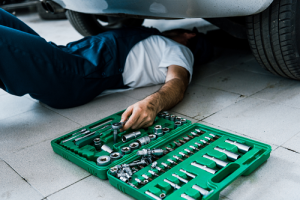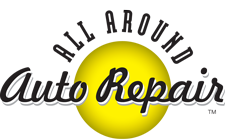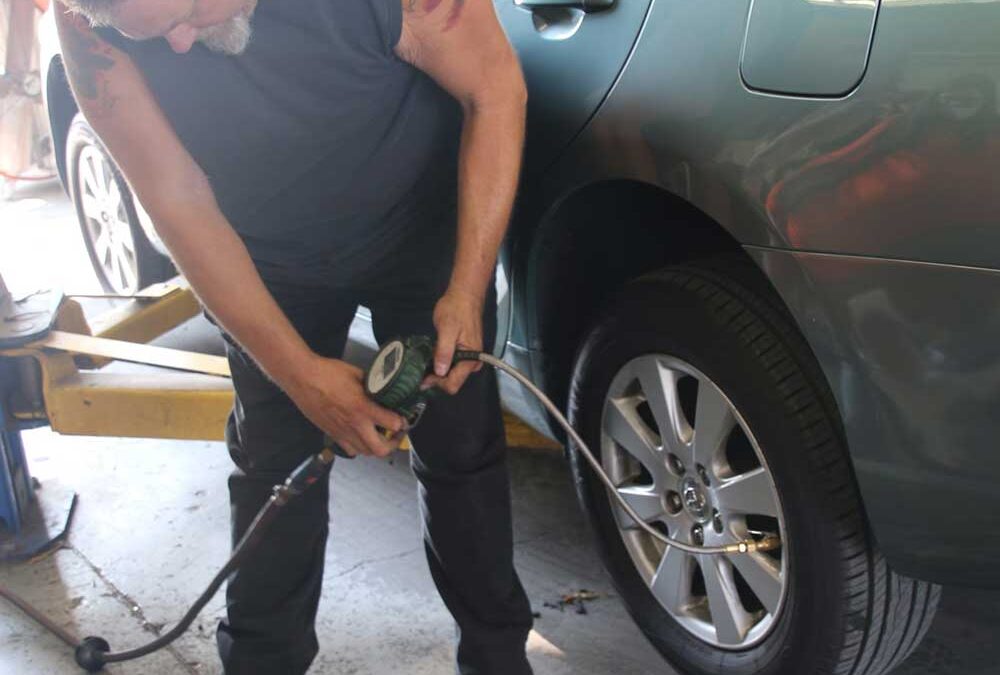Routine auto maintenance could be likened to going to the doctor once a year for an annual physical, but that analogy is a bit misleading. The reason is that auto maintenance addresses problems on the spot thanks to electronic diagnostic tools and can actually fix those problems in-shop.
An auto garage typically has the tools and know-how to diagnose vehicle issues, fix those issues, and provide routine maintenance so that those issues don’t become budget-busting in the future. Still, with all that an auto garage can help you with, there are some myths out there about the kinds of work than an auto garage can do and how often you should get vehicle maintenance.
Auto Garage Myths
 Myth: Vehicles should be babied out of the gate
Myth: Vehicles should be babied out of the gate
Older engines did need time to “warm up” to achieve the best performance and fuel economy, but newer engines are designed to reach maximum efficiency sooner. You’ll be fine as long as you don’t feverishly rev the engine the first few miles.
Myth: All Auto garages are basically the same
Although federal law says that you can take your vehicle to any franchise or auto repair shop without violating the warranty, you’ll definitely want to find a shop with mechanics certified by the National Institute for Automotive Service Excellence (ASE).
Ideally, you also want to find an auto garage with a stellar Better Business Bureau reputation and a good reputation among customers. Websites like Cartalk.com, Angie’s List, and Consumer Reports have tools for estimating auto repair costs and finding the best auto garage in your area.
The better auto repair shops have mechanics who are trained and certified to work on your vehicle’s make and model and who also pay attention to the most recent manufacturer’s technical service bulletins. These technical service bulletins are meant to address known issues with a particular model from a given auto maker.
Myth: Higher octane fuel is simply better
Before reaching for the 93 octane special, you should know that most vehicles run efficiently at 87 or 89 octane. Higher octane fuels cost more and simply prevent knocking.
Myth: It doesn’t really matter when you do vehicle maintenance
Just as there are myths about the best place to take your vehicle, there are myths about the best time to get auto maintenance. The best starting point for routine auto maintenance is your vehicle’s owner’s manual, but mechanics will keep their eyes open too.
A vehicle is a dynamic system – some parts wear out sooner than others because of your unique driving experience. A lot of stop-and-go driving can wear down the brakes and transmission sooner than expected.
Myth: Only replace tires when with 2/32nd (1/16th) left
A lot of car owners are taught to only replace their tire’s when the tread is down to the minimum 1/16th of an inch in most parts of the tire. The search for new tires should actually begin around 4/32nd (1/8th) tread remaining.
The 1/16th level is the most wear that you can safely put on tires to avoid potentially hydroplaning or your tires failing to grip on slippery roads. What about tire pressure, though?
Many people seem to think that they should pump their tires to the number listed on their tires’ sidewalls, but that’s basically the upper limit. In fact, the ideal tire pressure is more likely to be on the sticker of the doorjamb or fuel filler door.
Getting your tires rotated and aligned at All Around Auto Repair is one way to spot problems early and ensure that tire tread wear is relatively even across all four tires and both axles.


